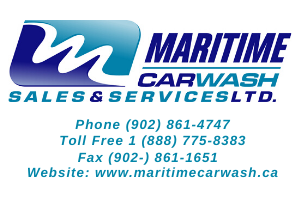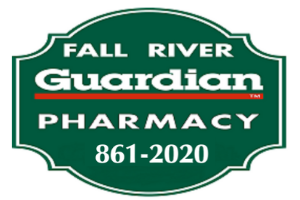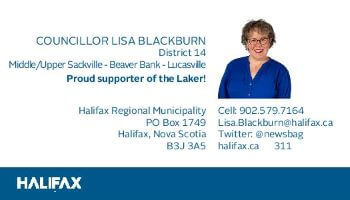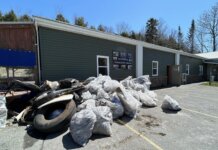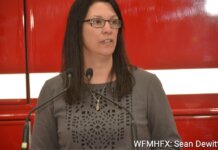MAIN PHOTO: MLA Brian Wong, also the Advanced Education Minister, speaks at the community meeting in Fall River. (Healey photo)
FALL RIVER: The following is from a question-and-answer pamphlet issued to residents.
The pamphlet is a collaboration between MLA Brian Wong and the N.S. Environment and Climate Change department with answers to most often asked questions regarding the Carr Farm and its sewage treatment plant.
Some of the pamphlets were available and handed out during the community meeting.
The below is a copy and paste of the info in the pamphlet to the best of our ability.
ADVERTISEMENT:
Why can’t they put a septic tank on their own land?
* My understanding is that they could, however, the current approved wastewater treatment plant will provide more protection. This state-of-the-art facility does not take on storm water which mitigates the concern of flooding or heavy rains impacting the treated effluent going into Lake Thomas.
Is the developer choosing the least expensive sewage treatment option?
* My understanding is that their waste water facility is costing them significantly more money than an alternative on-site system.
Can the developer add more units onto the current planned build?
* I can only speak to waste water treatment facility approval — that specific facility approval is issued based on the size of the facility as outlined in the application. If the design of the development changes, the approval holder is required to apply to amend their wastewater approval for NSECC review and decision.
ADVERTISEMENT:
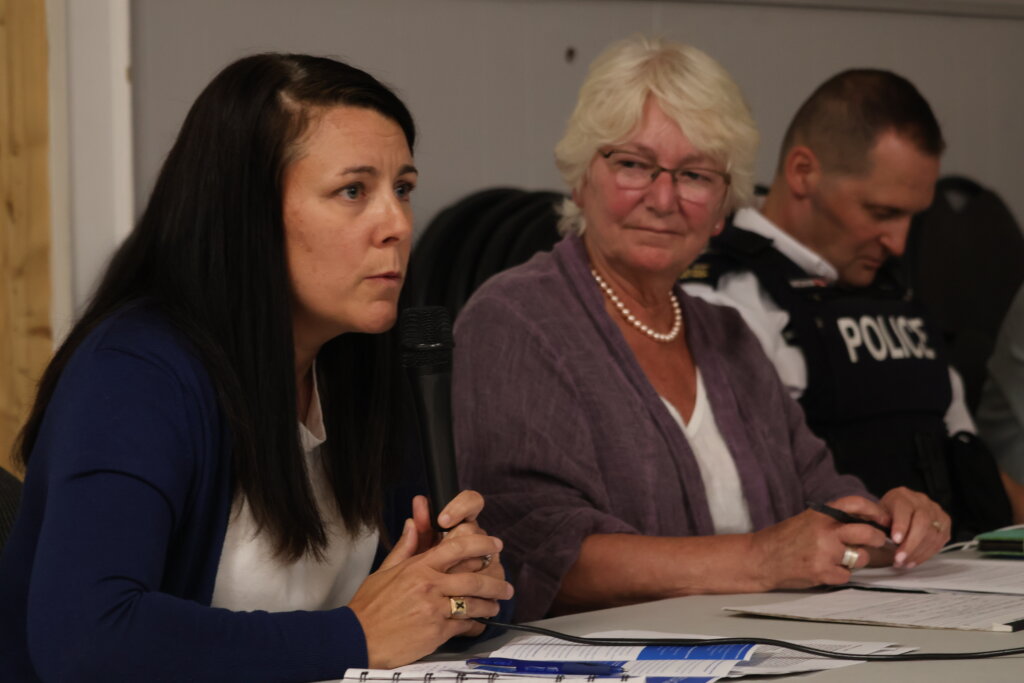
Is the developer meeting standards?
* With respect to that system, NSECC does require that detailed applications be submitted for wastewater treatment plants, and these applications undergo a thorough technical review before any approvals are issued.
This technical review confirms that the proposed system has been designed in accordance with the Atlantic Canada Wastewater Systems Guidelines (formerly the Atlantic Canada Wastewater Guidelines Manual for collection, Treatment and Disposal) and the provincial Water and Wastewater Facilities and Public Drinking Water Supplies Regulations.
What about pharmaceuticals produced by the Long-Term Care Facility?
* Northwood should speak to the federal government regulations they must follow to dispose of pharmaceuticals. These will not be disposed of through the sewage treatment plant.
There are federal government regulations that Northwood must follow to dispose of pharmaceuticals. These will not be disposed of through the sewage treatment plant.
ADVERTISEMENT:
Is the lake recycling water?
* The receiving water study, that the developer is required to do, is based on the amount of water entering the lake which brings new water in, and the amount of water that exits the lake. This creates a constant recirculation of water.
* After having participated in my second meeting with NSECC, I have full confidence in the Treated Effluent System proposed for the Carr Farm Development. However, as I mentioned in a previous communication, the original desire of the developer was to have their effluent go through the municipal system.
If this is preferred by the community, then I am willing to explore that option and work with my municipal and provincial counterparts.
Can the treatment system monitor for phosphorus?
* NSECC’s limits are set based on the Receiving Water study completed for a particular lake, in this case for Lake Thomas. This facility has a phosphorous limit of 1 mg/L.
* Phosphorus is monitored monthly at this site.
ADVERTISEMENT:
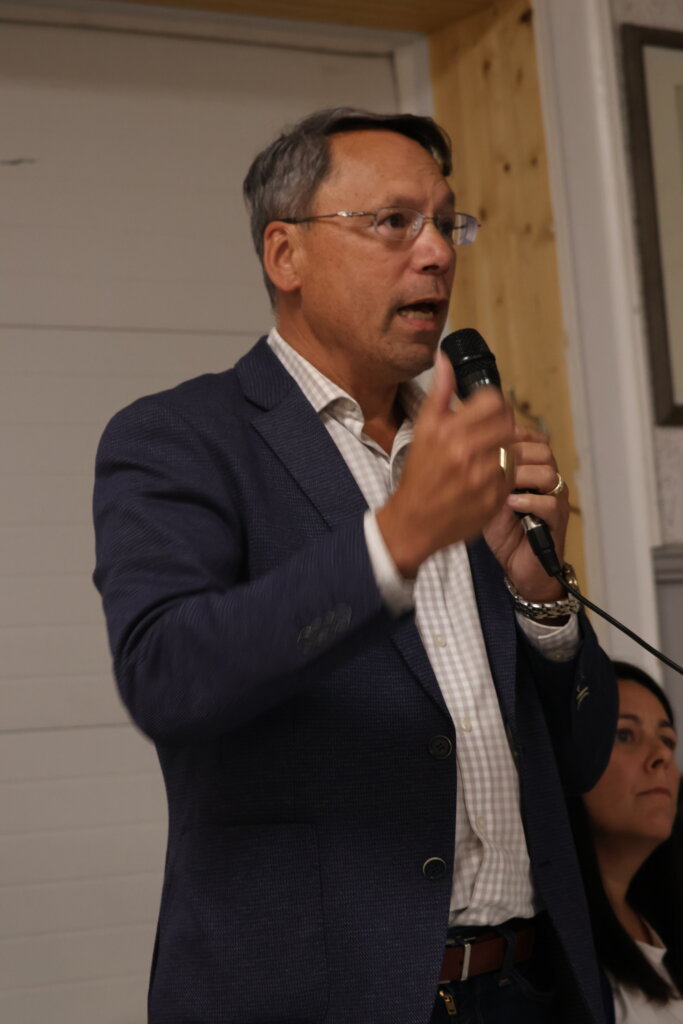
There have been system failures in the HRM recently. Is there a back up in case of a sewage treatment failure?
* My understanding is that many overflow issues are caused by taking on additional storm water during major rainfall events but | can not speak to HRM facilities.
With respect to the Carr Farm sewage treatment plant, it will not take on storm water and there is a controlled flow. In addition, if one component fails, there are back ups that will kick in.
The development will have a state-of-the-art monitoring system with alarms and backup equipment to help prevent any failures.
ADVERTISEMENT:
WHO MONITORS THE TREATED EFFLUENT AND SENDS IN WATER SAMPLES?
The approval holder – in this case the developer – is required to conduct routine monitoring to ensure the facility is operating in compliance with their effluent discharge criteria.
This is outlined in the terms and conditions of their approval.
They must also send NS-ECC an annual report on the facility’s performance and provide immediate notifications to the Department of any non-compliance with their operating approval.
In addition, under the Water and Wastewater Facilities and Public Drinking Water Supplies Regulations, sewage treatment plants are required to be operated and maintained by a certified operator that is in overall direct charge of that facility.
NSECC staff do routine audits to make sure terms and conditions of these approvals are in full compliance.
ADVERTISEMENT:
A MESSAGE FROM MLA WONG:
Over the past few weeks, I have had the opportunity to talk to residents and meet with community groups. It was important for me to meet face-to-face to hear concerns about the Carr Farm Treated Effluent System and address them. I met with a small group from Plan Fall River and also organized a meeting between residents of Lake Thomas Park and the Department of Environment and Climate Change (NSECC).
What was enlightening about the meetings is that we all want the same thing. That is, to protect our lakes.
Questions and concerns from both groups as well as other residents were quite similar.
It is important to me that we continue to look for solutions that best fit our communities and keep the lines of communication open.











